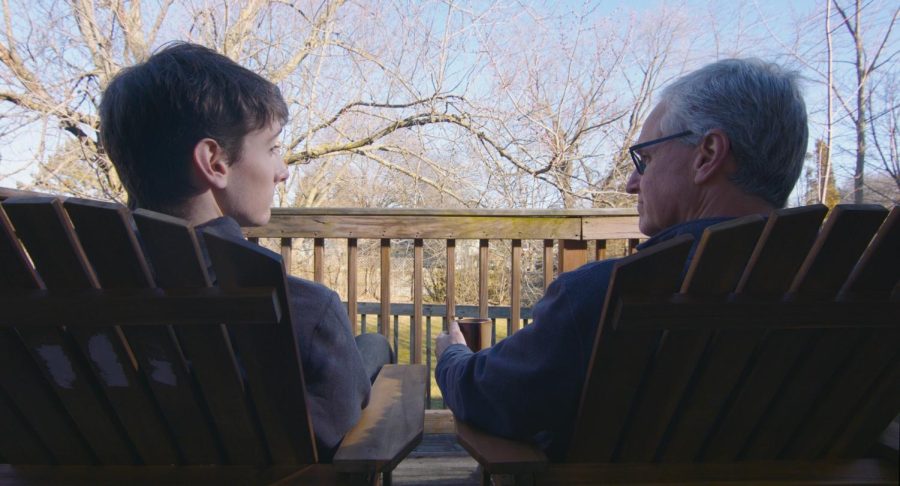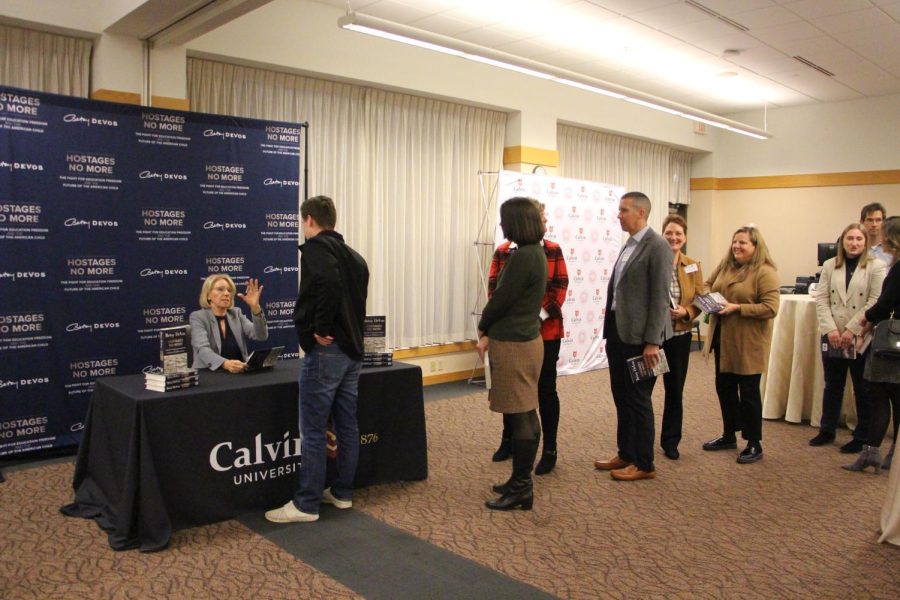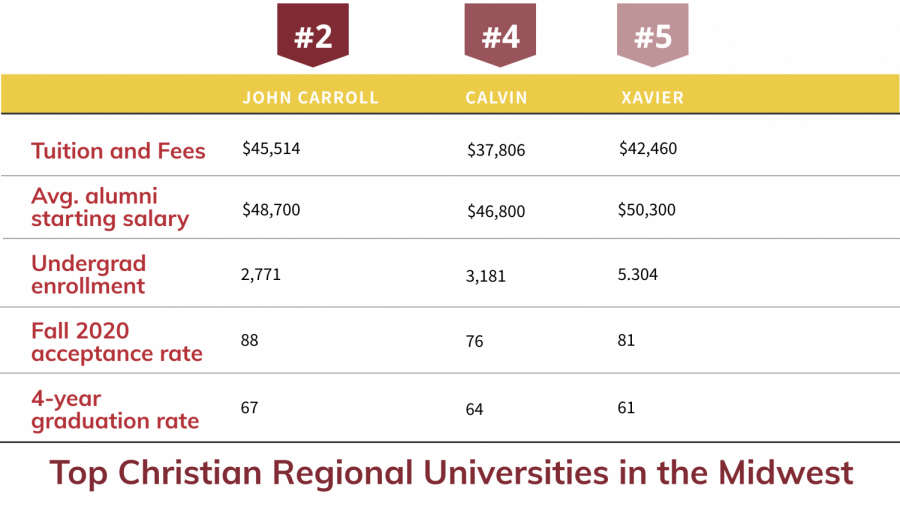Faculty senate merged the media and film studies major and the media production major Monday night, forming a new major called ‘film and media.’
Students will be able to choose either a film and media emphasis or a digital filmmaking emphasis.
The changes will not affect students who are currently enrolled in either of the two former majors, unless the students decide they want to change to the new program.
But starting next fall, incoming students will pursue the new combined major and not be able to pursue either of the other two.
While the media and film studies major emphasized theory and analysis, the media production major emphasized the practical, hands-on experience.
The merger hopes to combine both into a single degree, said professor Randy Bytwerk, chair of the communication, arts and sciences department.
“As we looked at the whole curriculum, does it make sense to distinguish the film history and media history from the actual production end?” asked Bytwerk.
“It doesn’t make a lot of sense to do that,” he continued. “No one should make a film who doesn’t know about the background of film.”
Bytwerk said that the changes in actual courses will not be dramatic, but it will provide students with more experience in both areas.
“There will be a little more overlap on both sides, and we think that strengthens the program,” he said. “But students will be able to focus more on either end of it.”
Sophomore Phil Van Eck, a current media production major, said that the change is a good idea.
“I think either way if you go — into production or studies of film — you need the same amount of both sides,” he said. “If you’re going to be a critic, you should know how hard it is to make films, and if you’re going to make films, you should know how the critics are going to judge them.”
Sophomore Reid Petro, another media production major, agreed.
“The whole idea of a liberal arts education is that it’s not a trade school,” he said. “This style of direction is a good thing because the whole point is to be a well-rounded individual. I think all areas of film education can make you a better media production person.”
Sophomore media production major Daniel VandeBunte pointed out that some specialization is still important, and the new system adequately allows students to focus on their areas of preference.
“In the actual field, it depends on what you’re going into,” he said. “If you’re going into broadcasting, you’re going to want to have experience in a studio atmosphere rather than a research and critical atmosphere.”
The major will range from 33 to 41 credit hours, which is comparable to the two existing majors.
The report to faculty senate also suggested that some prospective students weren’t clear on the differences between the two majors. The misunderstandings lead to a need to clarify the difference once students arrived on campus.
Currently, there are 67 students pursuing a media production major and 17 pursuing the film and media studies major, which began in the fall of 2010.
The department emphasized the importance of keeping up with the constantly changing field of technology and recognized that its courses must change with it.
“The media landscape has changed dramatically in the last ten years,” read the report to faculty senate. “We change with it or decline — and we are already several years too slow in proposing these revisions.”
The requirements for the new major will appear in next year’s course catalog.








